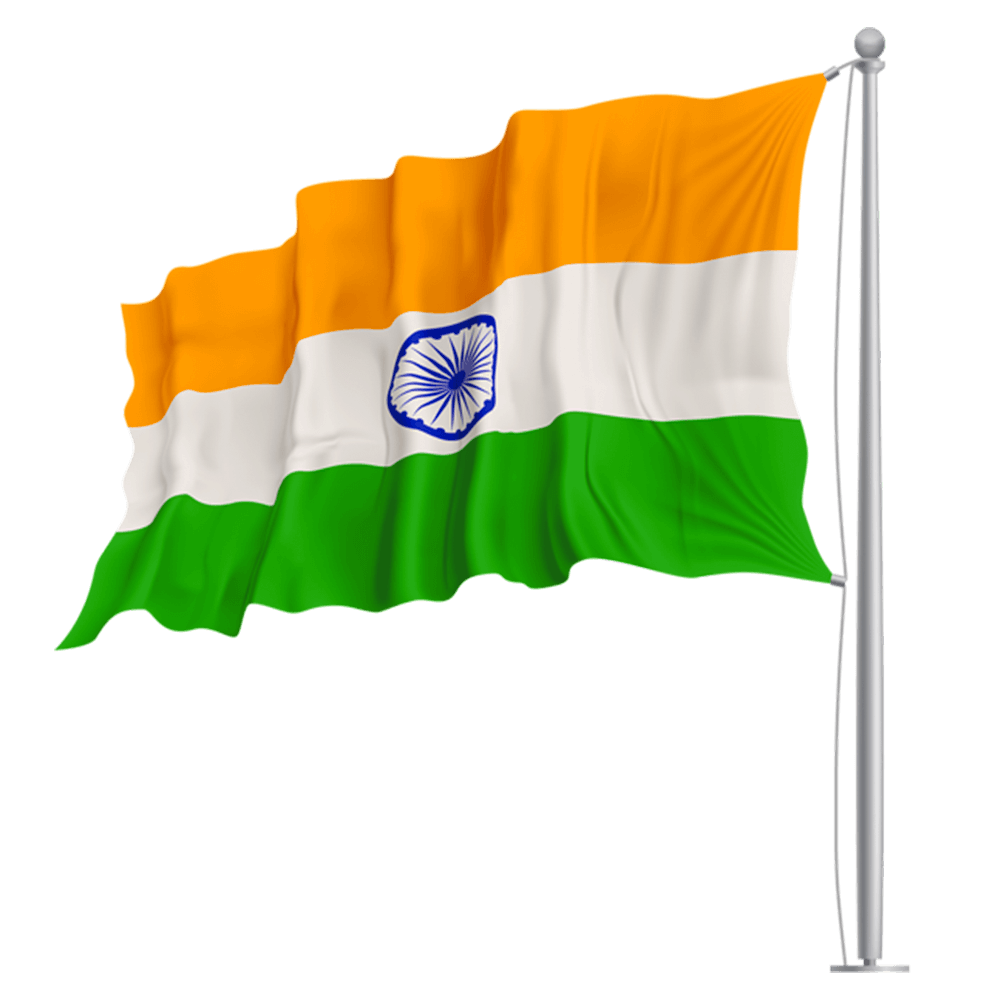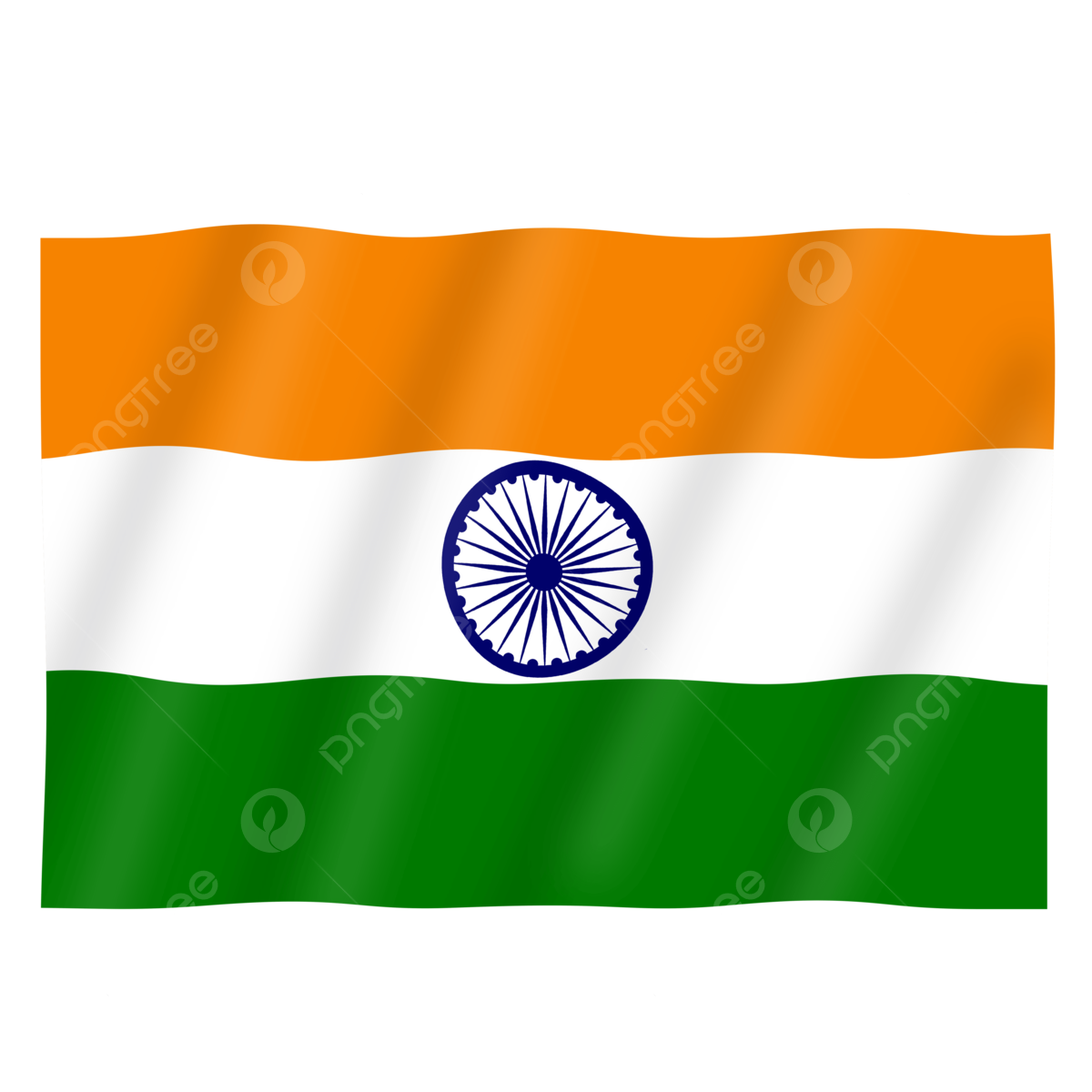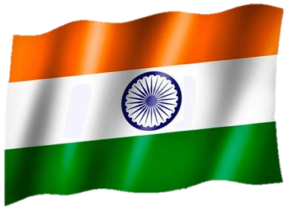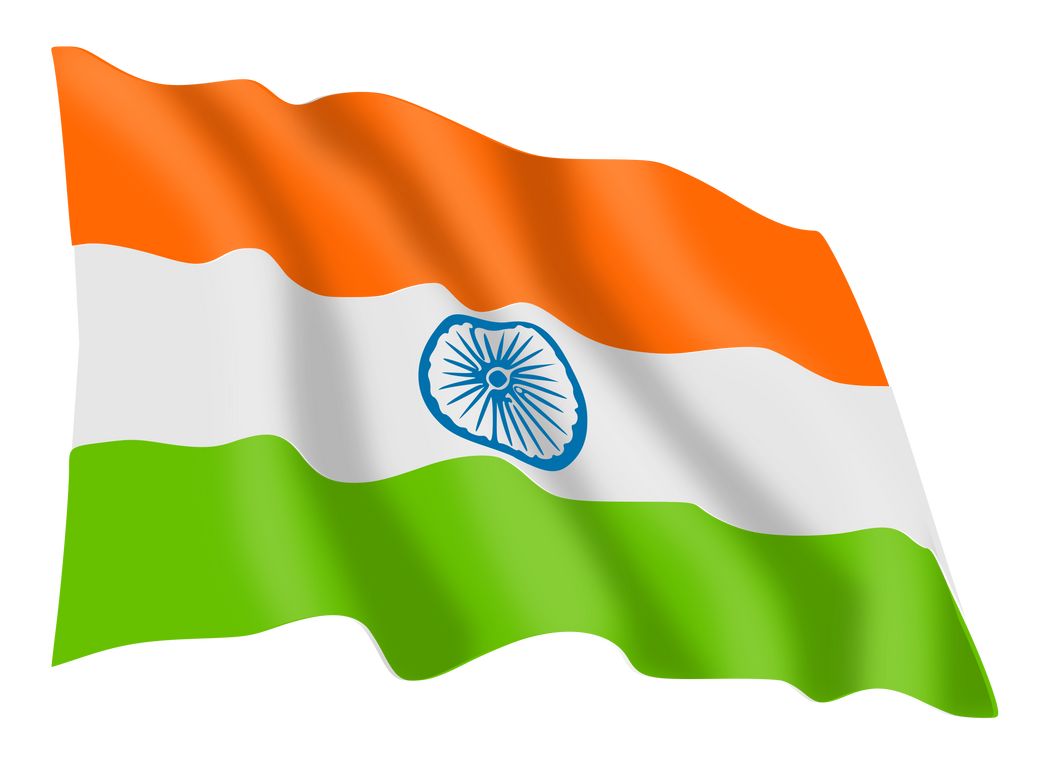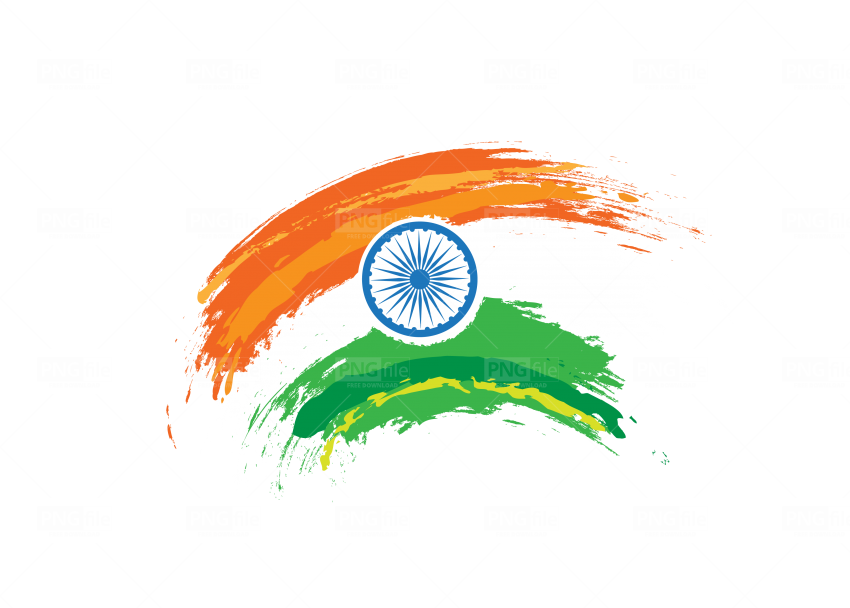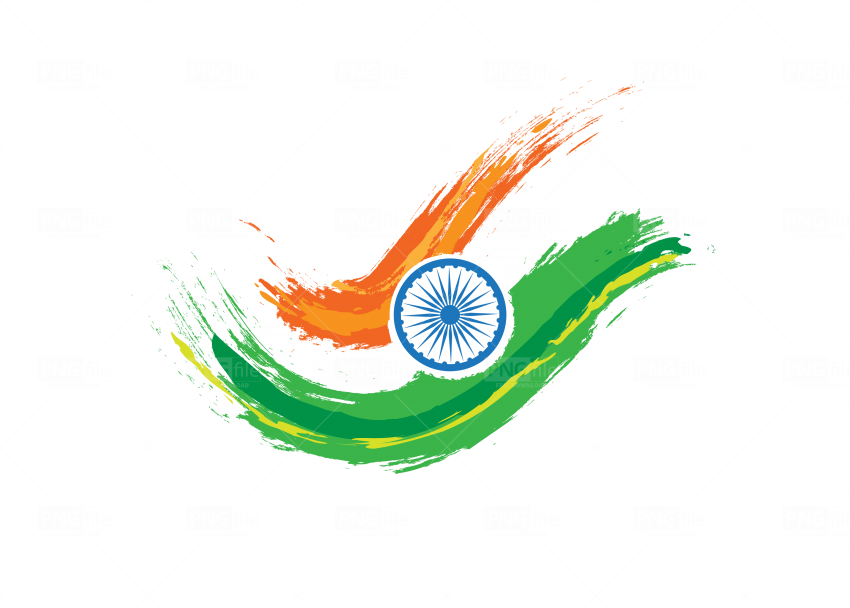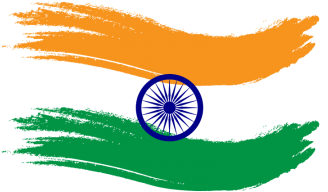Download top and best high-quality free Indian Flag PNG Transparent Images backgrounds available in various sizes. To view the full PNG size resolution click on any of the below image thumbnail.
License Info: Creative Commons 4.0 BY-NC
The Indian national flag, or Tiranga, is a symbol of India’s sovereign and constitutional status. It represents the country’s unity, integrity, and sovereignty. The flag consists of three horizontal stripes of saffron, white, and green color, with the Ashoka Chakra (wheel) in navy blue at the center. The proportions of the flag are 2:3, and it’s rectangular in shape.
The Meaning Behind the Colors and the Ashoka Chakra
The saffron color in the flag signifies courage, sacrifice, and selflessness. The white stripe represents purity, truth, peace, and honesty. The green stripe represents fertility, growth, and auspiciousness. The Ashoka Chakra, on the other hand, is a circular wheel with 24 spokes. It represents the Dharma Chakra, which is the universal truth and the continuous movement of life. It also symbolizes India’s sovereignty and progress. The navy blue color of the chakra represents the sky and ocean, which are eternal and infinite.
The Evolution of the Indian Flag
The Indian flag has undergone several changes throughout history. The first Indian flag was hoisted in 1906 by the Indian National Congress. It had two colors: red and green, with eight lotus petals in the middle. Later, in 1921, Mahatma Gandhi proposed a new flag with three stripes, representing Hindus, Muslims, and other religious minorities. However, the Congress rejected it as it didn’t represent all sections of the society.
In 1923, Pingali Venkayya, an Indian freedom fighter, designed the current version of the Indian flag. He included the charkha in the middle, instead of the Ashoka Chakra. It was also a symbol of India’s independence from the British cotton industry. When the Constituent Assembly of India adopted the flag on July 22, 1947, the charkha was replaced with the Ashoka Chakra. The adoption of the Indian flag was a significant step towards India’s independence as it represented a new era of freedom and sovereignty.
The Significance of the Indian Flag
The Indian flag has immense symbolic and emotional significance for the people of India. It is a tangible representation of the country’s identity, values, and culture. Every year on 15th August, Indians celebrate Independence Day, and on 26th January, they celebrate Republic Day, where the hoisting of the Indian flag is a crucial part of the celebration. The flag is also a symbol of the nation’s armed forces, as it is hoisted during military activities, parades, and ceremonies.
The Importance of Respecting the Indian Flag
The Indian flag is a symbol of national pride, unity, and sovereignty. As such, it’s crucial to respect and honor the flag. Any disrespect towards the flag is considered an offense and can lead to severe consequences. For example, the Prevention of Insults to National Honor Act, 1971, outlines specific rules and regulations for the proper use and handling of the Indian flag. So, it’s necessary to handle and use the flag with utmost care, dignity, and respect.
Closing Thoughts
The Indian flag is an essential part of India’s history, culture, and identity. It represents the country’s values, aspirations, and sovereignty. The flag’s evolution has been a reflection of India’s struggle for independence, and its significance continues to grow with time. The Indian flag is not merely a piece of cloth but an embodiment of the Indian spirit, and as such, it deserves our utmost respect and honor.
Download Indian Flag PNG images transparent gallery
- Indian Flag PNG
Resolution: 1000 × 1000
Size: 89 KB
Image Format: .png
Download
- Indian Flag Transparent
Resolution: 640 × 480
Size: 51 KB
Image Format: .png
Download
- Indian Flag
Resolution: 360 × 360
Size: 32 KB
Image Format: .png
Download
- Indian Flag No Background
Resolution: 3464 × 3464
Size: 439 KB
Image Format: .png
Download
- Indian Flag PNG Clipart
Resolution: 360 × 360
Size: 14 KB
Image Format: .png
Download
- Indian Flag PNG Cutout
Resolution: 265 × 300
Size: 53 KB
Image Format: .png
Download
- Indian Flag PNG File
Resolution: 700 × 700
Size: 127 KB
Image Format: .png
Download
- Indian Flag PNG Free Image
Resolution: 512 × 724
Size: 25 KB
Image Format: .png
Download
- Indian Flag PNG HD Image
Resolution: 300 × 283
Size: 52 KB
Image Format: .png
Download
- Indian Flag PNG Image File
Resolution: 2048 × 2048
Size: 2372 KB
Image Format: .png
Download
- Indian Flag PNG Image HD
Resolution: 1200 × 1200
Size: 273 KB
Image Format: .png
Download
- Indian Flag PNG Image
Resolution: 3464 × 3464
Size: 1434 KB
Image Format: .png
Download
- Indian Flag PNG Images HD
Resolution: 300 × 218
Size: 54 KB
Image Format: .png
Download
- Indian Flag PNG Images
Resolution: 1046 × 764
Size: 320 KB
Image Format: .png
Download
- Indian Flag PNG Photo
Resolution: 850 × 608
Size: 174 KB
Image Format: .png
Download
- Indian Flag PNG Photos
Resolution: 850 × 608
Size: 169 KB
Image Format: .png
Download
- Indian Flag PNG Pic
Resolution: 328 × 192
Size: 27 KB
Image Format: .png
Download
- Indian Flag PNG Picture
Resolution: 850 × 608
Size: 126 KB
Image Format: .png
Download
